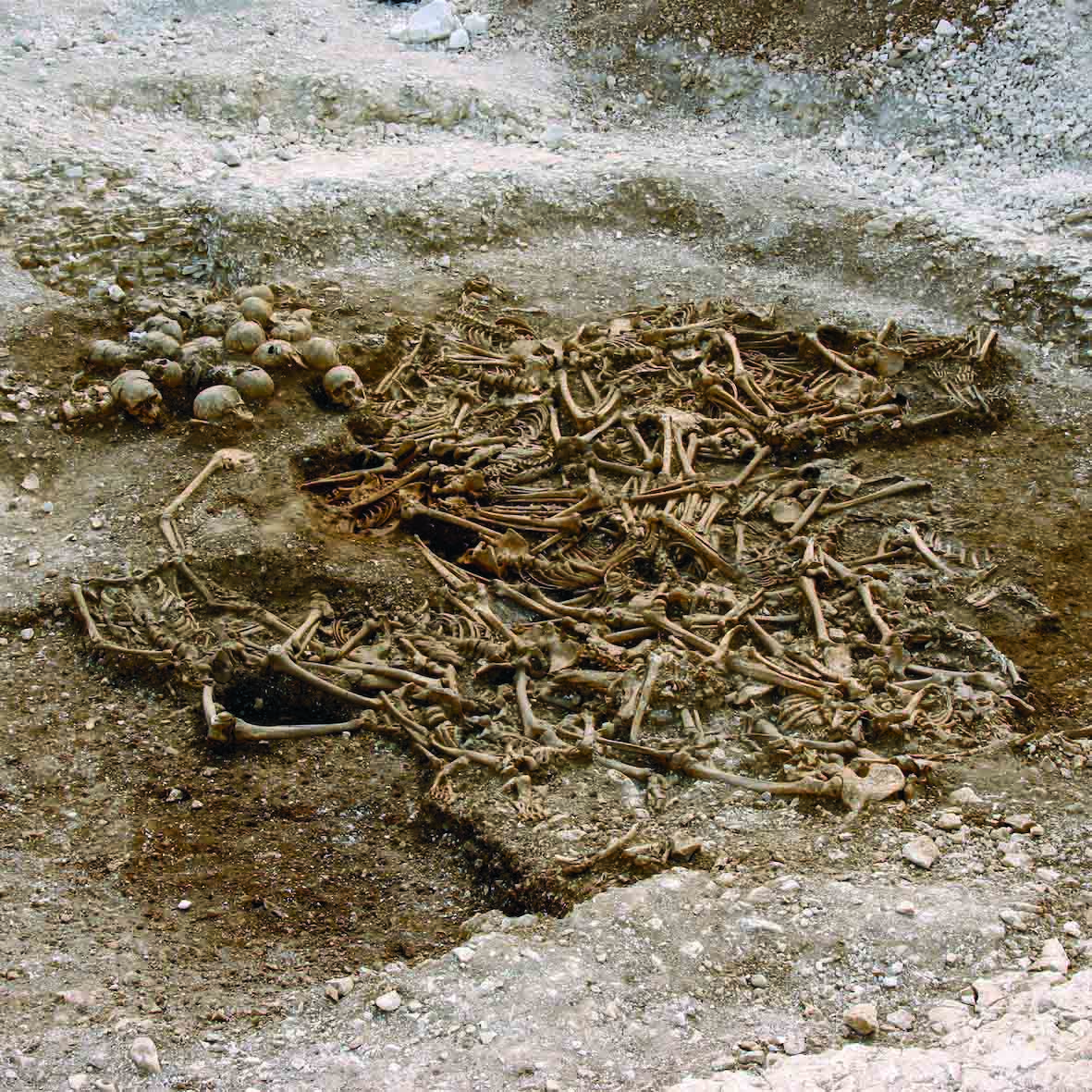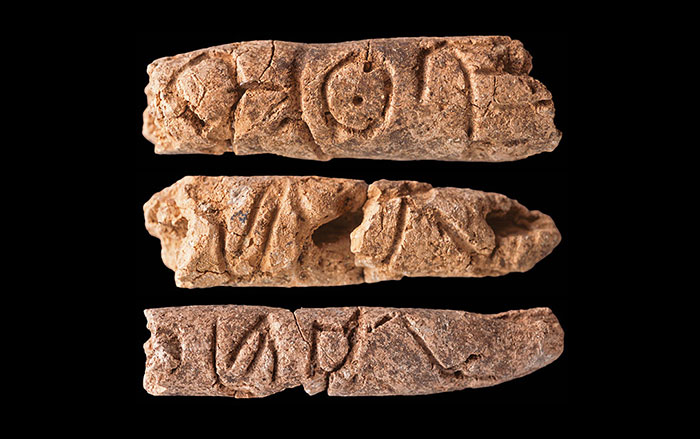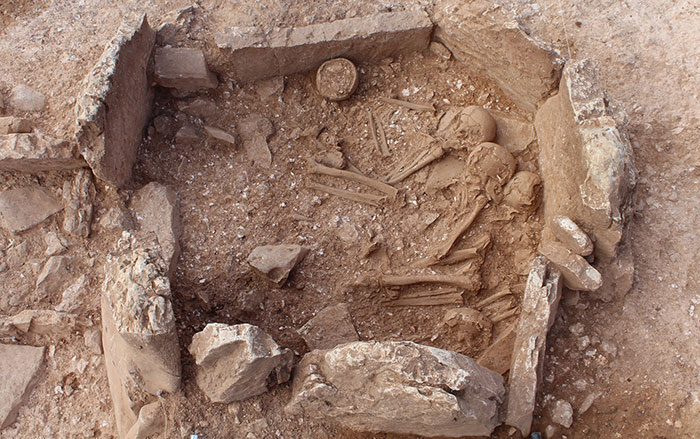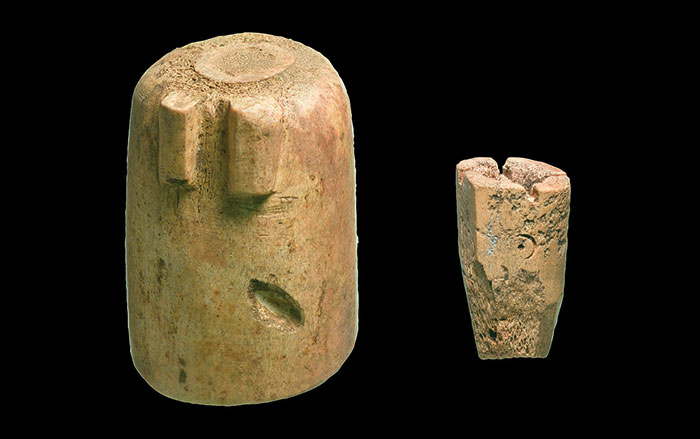
ONTARIO, CANADA—The nearly complete genome of two Siberian woolly mammoths has been sequenced by an international team of researchers. One of the mammoths lived in northeastern Siberia some 45,000 years ago. The other is thought to have been from one of the last mammoth populations, which lived on Russia’s Wrangel Island, and is only 4,300 years old. “With a complete genome and this kind of data, we can now begin to understand what made a mammoth a mammoth—when compared to an elephant—and some of the underlying causes of their extinction which is an exceptionally difficult and complex puzzle to solve,” Hendrik Poinar of McMaster University said in a press release. It has long been thought that human hunters contributed to the demise of the woolly mammoth, but the study suggests that multiple factors were at play over their long evolutionary history. The analysis showed that the animal populations suffered and recovered from a severe decline some 250,000 to 300,000 years ago. The final severe decline occurred in the last days of the Ice Age. “We found that the genome from one of the world’s last mammoths displayed low genetic variation and a signature consistent with inbreeding, likely due to the small number of mammoths that managed to survive on Wrangel Island during the last 5,000 years of the species’ existence,” said Love Dalén of the Swedish Museum of Natural History. To read about the discovery of a largely intact mammoth, see "Lyuba the Baby Mammoth."










